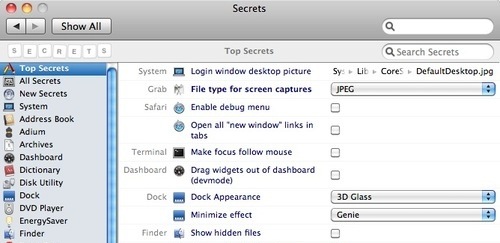Screensaver not working in Mac OS X? Fix ScreenSaverEngine.app launch problems

“You are opening the application ScreenSaverEngine.app for the first time. Are you sure you want to open this application?”
My Mac’s screensaver was officially not working. That’s the odd message I got out of the blue today, which is rather peculiar since ScreenSaverEngine.app has been activated many times considering it is what drives the screensaver in Mac OS X! I set out to resolve this peculiar problem and found a solution (note this was only tested in Mac OS X 10.6 Snow Leopard).
Fix problem with ScreenSaverEngine.app to get screensaver working again
* Launch the Terminal and enter the following command all onto one line:
cd /System/Library/Frameworks/CoreServices.framework/Frameworks/LaunchServices.framework/Support
* Now enter the following at the command line:
sudo ./lsregister -r -apps local,system,user
* You will be asked for your Admin password since you are using the sudo command to execute the lsregister command, enter it
* After a few seconds you will see: ThrottleProcessIO: throttling disk i/o and then you will be returned to the Terminal, which you can now close.
* Try initiating the ScreenSaver again, it should work (use a hot corner to test)
If you’re curious, the lsregister script that was executed rebuilt the LaunchServices database, and since ScreenSaverEngine.app is part of this functionality, it seems to do the trick. I found this solution by digging around in the Apple Discussion Forums but I realize that messing around in the Terminal can be perplexing for many Mac users, so you may want to just try a simple reboot beforehand.
I don’t have any explanation as to why my screensaver suddenly stopped working, I haven’t installed any updates or new apps recently, and my Mac hasn’t been rebooted in 9 days (you can check your Mac’s uptime with the terminal). It’s a bit of a mystery to me as to what caused it, but the above fix worked and my screensaver is working as usual, all without rebooting my Mac!

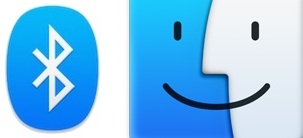
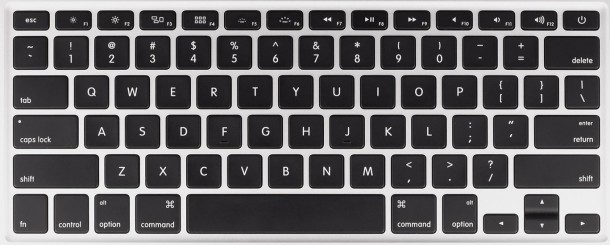
 Update: VLC has posted
Update: VLC has posted 
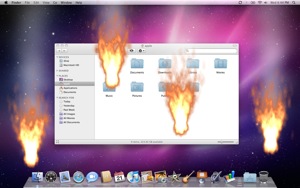 If you’re looking for a cool fire screensaver for your Mac look no further. Aurora Screensaver allows you to start fires all over your Mac desktop by the use of your multitouch trackpad! Each finger burns it’s own fire, it’s really quite fun to play around with. Since multitouch input is used, you just have to hit a key to exit the screensaver. This is Snow Leopard only and requires a trackpad.
If you’re looking for a cool fire screensaver for your Mac look no further. Aurora Screensaver allows you to start fires all over your Mac desktop by the use of your multitouch trackpad! Each finger burns it’s own fire, it’s really quite fun to play around with. Since multitouch input is used, you just have to hit a key to exit the screensaver. This is Snow Leopard only and requires a trackpad.
 It’s that time of year again, the holiday season is upon us! What better way to celebrate than to download a hoard of free Christmas songs from Apple, courtesy of iTunes?
It’s that time of year again, the holiday season is upon us! What better way to celebrate than to download a hoard of free Christmas songs from Apple, courtesy of iTunes? 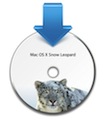 You can reset a lost Administrator (the original account you created) password in Mac OS X by utilizing a Mac OS X installation DVD, here’s how:
You can reset a lost Administrator (the original account you created) password in Mac OS X by utilizing a Mac OS X installation DVD, here’s how:

